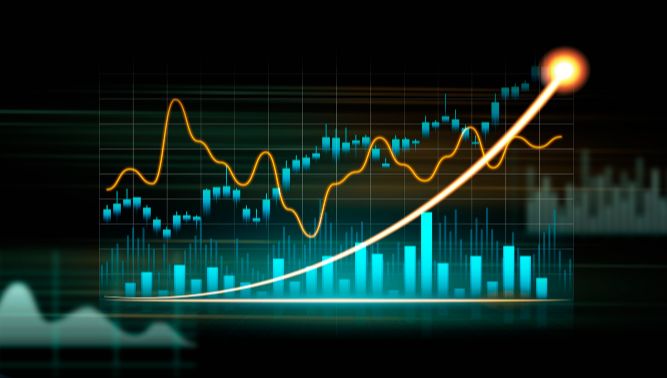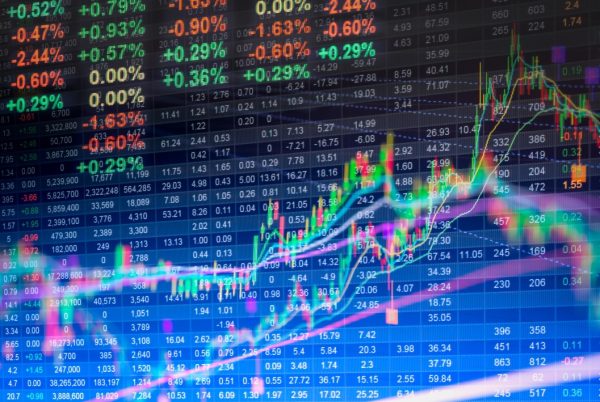Rhys Williams, Chief Strategist
January 10, 2022
It was a surprising end to what turned out to be a surprising year. With all due respect to the benefits of global macro investing, let’s take a moment to consider three numbers: 20, 7 and 1.5. The stock market, as represented by the major index, experienced another greater than 20%-year, inflation touched 7% and the 10-year US Treasury finished at a 1.5% yield, never approaching 2%. What are the chances that anyone predicted all three numbers correctly? Let me venture to say close to zero. Given 7% inflation and no quick glide path back to 2% to 3%, it seems both stocks and bond markets are more optimistic than the Federal Reserve (the Fed) that this too shall pass. It is with profound humility that I show the difficulty of predicting market response to macroeconomic inputs. The big surprise for 2021 was that the highest inflation rate in 40 years didn’t provoke a broad sell-off in bonds and stocks.
But it is wrong to say that the stock market didn’t notice inflation at all. Inflation fears impacted the performance of the highest growth rate, changing the world’s companies with very high valuations on revenues and earnings. Many of these companies, both pandemic winners and expensive growth technology and biotechnology stocks, fell 50% or more from February 2021 highs. Smaller stocks, as represented by the Russell 2000 Index, also finished well below February highs, underperforming the S&P 500 Index by more than 1,500 basis points. So, inflation’s wrath and the potential interest rate response by the Fed, was felt fully by high growth rate companies, many of which have been major winners over the last five years. Meanwhile, the rest of the market seemed fully on board with Jerome Powell’s early belief that inflation would be transitory, despite Powell’s public about-face. The bond market also stayed firmly in the transitory camp, with yields remaining anemic.
As we exit the year, we face several cross-currents. In general, earnings have been very good both absolutely and relative to expectations. Corporate America has largely absorbed the increase in labor, supply chain and transportation costs. Revenues and operating margins have come in better than expected all year and we expect the fourth quarter reports to confirm that trend. Pandemic winners have ceded market leadership to re-opening beneficiaries, despite the Delta variant and Omicron keeping COVID-19 in the forefront of the world’s consciousness much longer than anyone imagined last spring.
As we turn the page on the calendar year, the 64-million-dollar question remains, does revenue growth slow in 2022 at the same pace as expense growth slows? If so, market returns should stay positive, as margins will not be hit for the overall market. However, this environment could create more dispersion between winners and losers, as not every company will avoid a margin squeeze. We think one should be especially focused on companies that have the ability to pass on price increases without hurting revenue growth; price-makers, not price-takers. The overall economy was so strong in 2021 that virtually all companies could pass on costs due to insatiable demand for virtually all goods and services. What happens in 2022, with much less fiscal and monetary stimulus, leading to a slower GDP environment? Concurrently, with a tightening monetary policy, what happens to the Fed Put that has been the bazooka on investor’s sides when bad things happened in the post-2008 crisis markets. We would expect more volatility at the index level given a less-friendly Fed and Federal Government that are more worried about inflation than recession.
While the overall index may prove more treacherous this year, the carnage created by 2021 losers provides some attractive entry points for leading companies that may be victims of algorithmic trading, as opposed to changes in their business fundamentals.
We believe in taking a barbell approach to investing: holding a mix of 2021 winners and losers. On the winning side, we expect another good year for REITs. This was the second-best sector in the market for 2021, behind oil and gas, and has what we believe to be a wonderful combination of dividend yield, dividend growth and pricing power while long-term interest rates remain historically low. Given the inflation in land, labor and building materials, new buildings will provide an attractive pricing umbrella for existing real estate, potentially leading to further rent growth in 2022 and 2023.
On the technology side, the big FAANG stocks powered through in 2021, with the exception of Amazon. But below the surface, emerging technology popularized by Cathie Wood lost 25% for the year which could provide some interesting entry points…if the Fed is successful in engineering a soft landing for the economy. This is a significant risk to the market, and valuations on emerging technology companies are by no means statistically cheap, so we suggest just putting a big toe into this investment theme, not jumping in with both feet.
Finally, when thinking about investment outcomes for 2022, it is important to revisit the analysis of Bill Clinton’s political strategist, James Carville back in 1994 when bond sell-offs forced immediate changes in fiscal and monetary policy. “I used to think that if there was reincarnation, I want to come back as the President, or the Pope. But now I would like to come back as the bond market. You can intimidate everybody,” Carville said. It has been a long time since the bond market intimidated anyone. As long as it remains moribund, stocks will likely benefit from the TINA (there is no alternative) syndrome. The relative growth rates in the US are better than other regions, and this coupled with the Fed tightening, should cause the dollar to appreciate, creating tremendous demand for US bonds from Europe and Asia, and keeping interest rates lower than inflation would suggest. While this is our base case, we believe the biggest risk to the stock market is not earnings next year, but rather a sharp bond sell-off.
The views expressed are those of Spouting Rock Asset Management as of January 1, 2022, and are not intended as investment advice or recommendation. For informational purposes only. Investments are subject to market risk, including the loss of principal. Past performance does not guarantee future results. There can be no assurances that any of the trends described will continue or will not reverse. Past events and trends do not imply, predict or guarantee, and are not necessarily indicative of future events or results. Investors cannot invest directly in an index.





